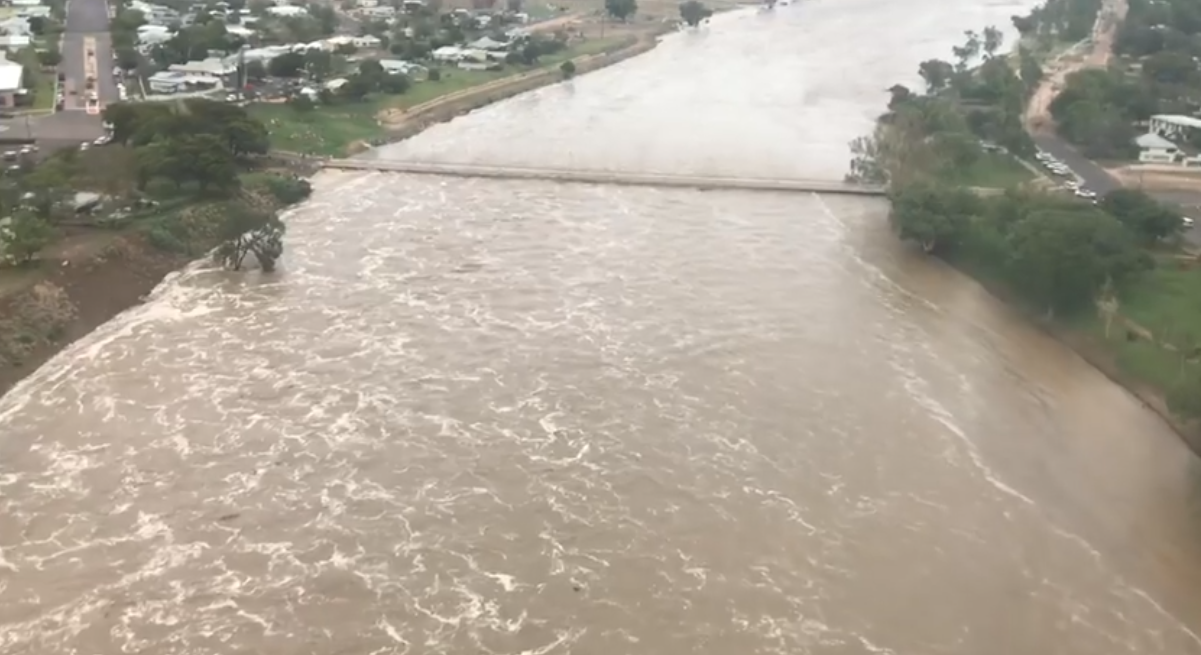A Perth company commissioning a new nickel laterite processing system may have an option to restart refining at the Queensland Nickel Yabulu site.
It would be in a revamped format.
Direct Nickel Technologies has been working on a hydrometallurgical model for more than 10 years at CSIRO’s Australian Minerals Research Centre in Waterford, WA.
A test of samples drawn from QN tailings during that time recovered 90 per cent- plus cobalt from what’s described as a medium to high-grade resource.
It was a good, but not conclusive, result for a process that was developed to liberate a scope of minerals from an ore body, senior technical development process engineer Dr Fiona McCarthy said.

“We’ve piloted a one-tonne-a-day plant here at CSIRO and we ran that for about 11 months,” Dr McCarthy said. “So we are essentially ready to start considering the first commercial plant.
“I think the issue with the (QN) tailings dam is that it is fairly barren in nickel and it is also fairly barren in magnesium. So it doesn’t quite match the same profile as what the process was developed for.
“If it’s tied in with another ore though and becomes an ore processing plant that is also treating tailings, then I would suspect that’s a different thing again also. But I say, certainly, it has possibilities.”
The current rehabilitation issues at the site north of Townsville were also addressed, with the process resulting in a nitrate-based by-product with fertiliser properties, Dr McCarthy said.
“I would say if there were some incentive from a remediation or rehabilitation point of view, it would fly probably,” she said.
“So that’s one of our other positives, being a nitrate-based process. Our tailings are nitrate-rich.
“Yes, you do have to manage water run-off still, but as long as it is remediated professionally it should work out quite well.”
Dr McCarthy said under the right conditions a smaller plant processing 5000 tonnes per year could be built in two to five years at a cost of $200-$400 million.


